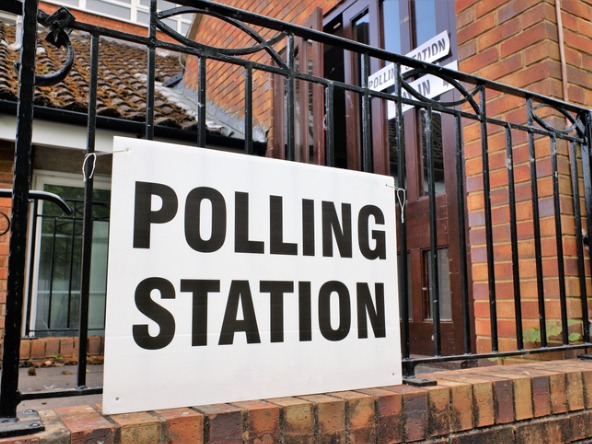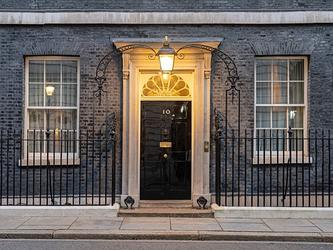‘Middle Britons’ could change election outcome

A group of voters that doesn't see themselves as a supporter of any particular party, Middle Britons account for 26% of the electorate and have a strong presence in key marginal seats.
Middle Britons are one of six new voter types previously identified by NatCen based on “opinion sentiment” rather than traditional right-left divisions.
Although this group are sometimes reluctant to vote at all, their presence or absence at polling stations is likely to play a strong part in deciding who will reside at Number 10 after 4th July.
People with a Middle Britons opinion profile express mild agreement with left-wing narratives, are divided in their attitudes towards tax-and-spend policies, are largely neutral on equal opportunities and want a tough line on crime, according to the analysis.
NatCen’s British Social Attitudes survey interviews, which took place before the election campaign began, indicate that Middle Britons are the second most important voter group for most parties.
The Conservatives, Labour, Reform UK, the Scottish National Party (SNP) and the Liberal Democrats all had Middle Britons as their second most important supporter base, making up between 22% and 28% of each party’s estimated support at the time. The Greens have this group as third most important.
NatCen has also released a constituency look up, which will allow viewers to see information on the demographics of each constituency in England and Wales – including age and ethnicity, education levels, poverty levels, migration, crime and house prices. The maps will also include information on which of the six voter types are most likely to dominate in that constituency.
Lovisa Moller, director of analysis at the National Centre for Social Research, said: "We hope these tools will enable political commentators and others to assess the voter coalitions that parties are seeking to appeal to, and how this might shape their campaigning. It will also, post election, give us a sense of how people voted, and insight into the range of opinion profiles that any winning party or parties will need to take into account once in power."
In the 90 English and Welsh seats where Labour would have been the runner-up to the Conservatives in in 2019, with a gap of less than 20% of the votes, about two-thirds of these have Middle Britons as the dominant voter segment, with a quarter of the vote or more.
Middle Britons are likely to be strongly overrepresented in key constituencies where swings have been or are expected to be likely, including Birmingham Northfield, Leeds South West and Morley, and North Norfolk.
The classification of six new voter types identified by NatCen is based on data from the British Social Attitudes survey. The classification was led by Professor Sir John Curtice and Lovisa Moller.

We hope you enjoyed this article.
Research Live is published by MRS.
The Market Research Society (MRS) exists to promote and protect the research sector, showcasing how research delivers impact for businesses and government.
Members of MRS enjoy many benefits including tailoured policy guidance, discounts on training and conferences, and access to member-only content.
For example, there's an archive of winning case studies from over a decade of MRS Awards.
Find out more about the benefits of joining MRS here.














0 Comments